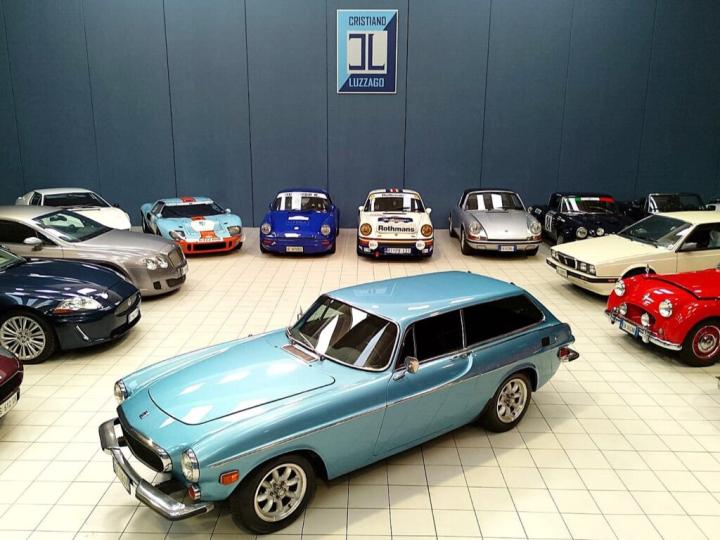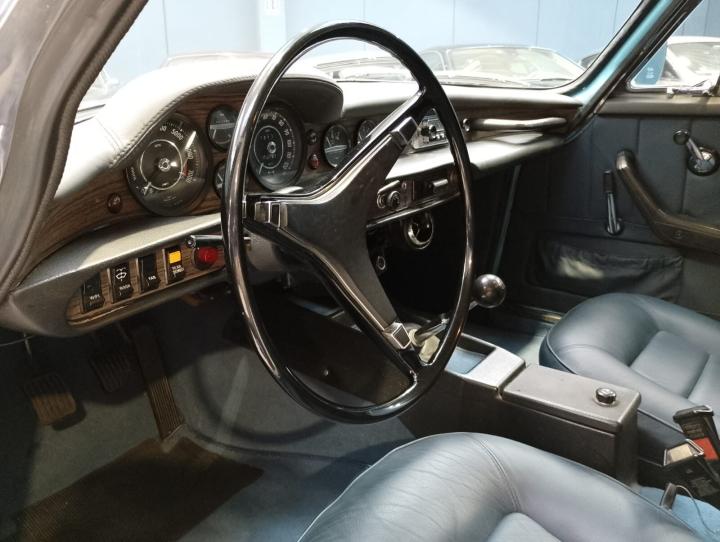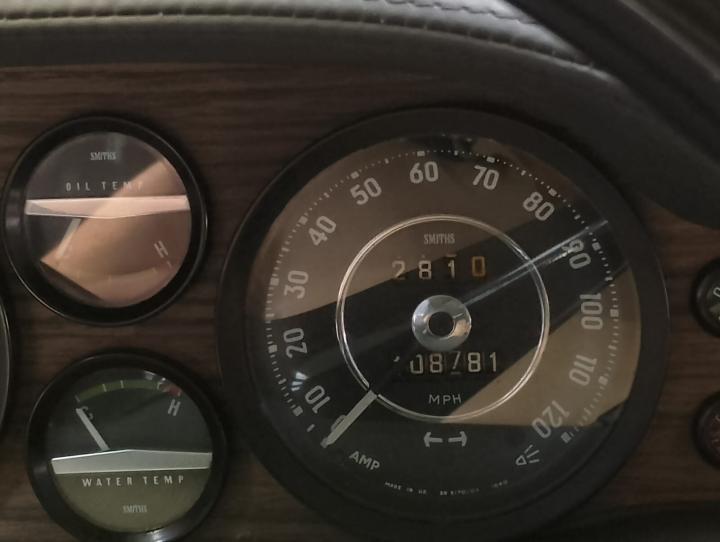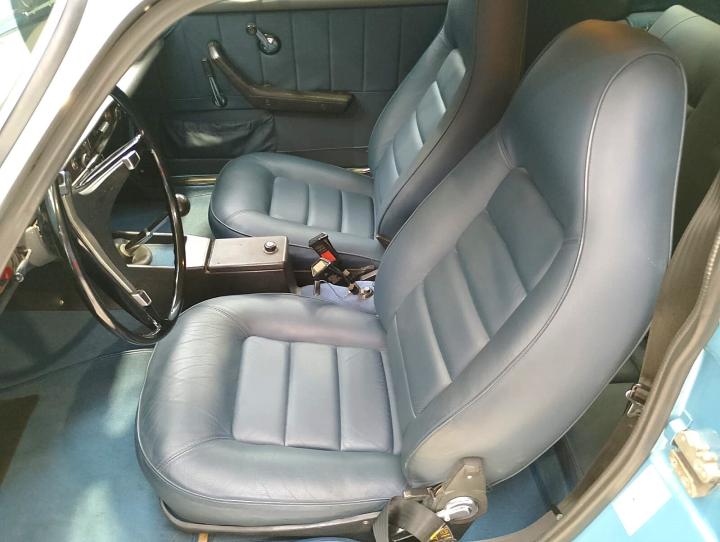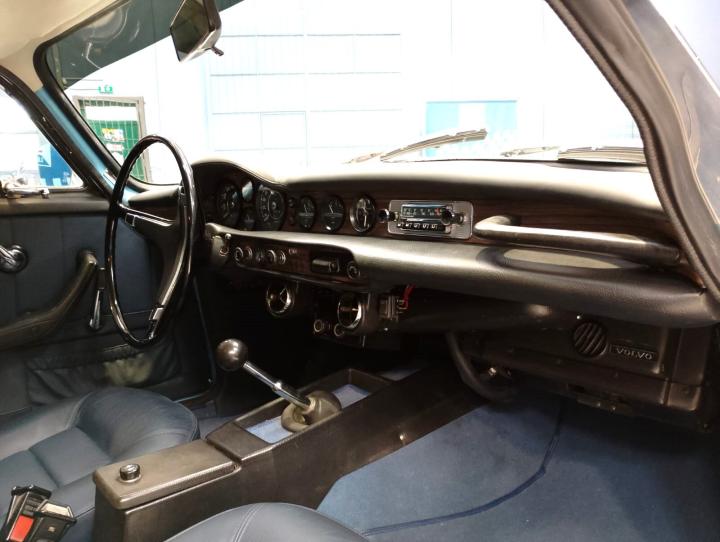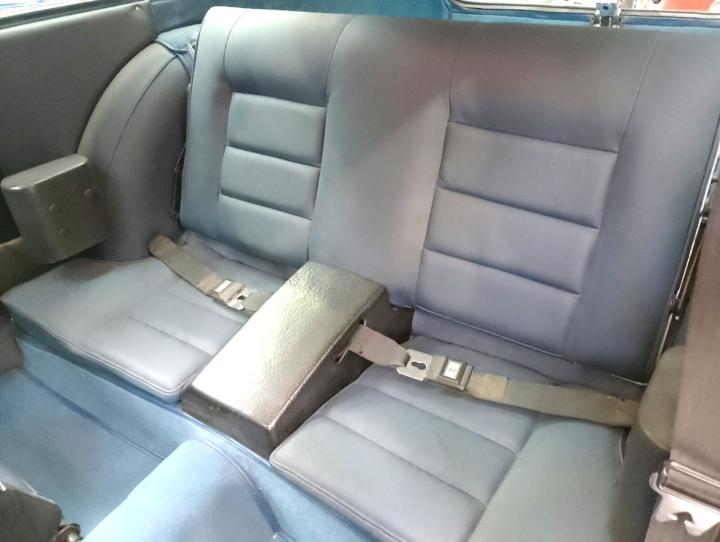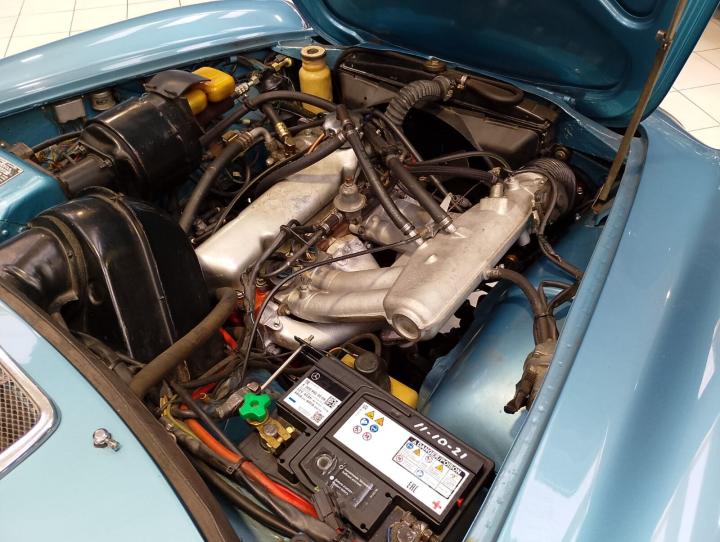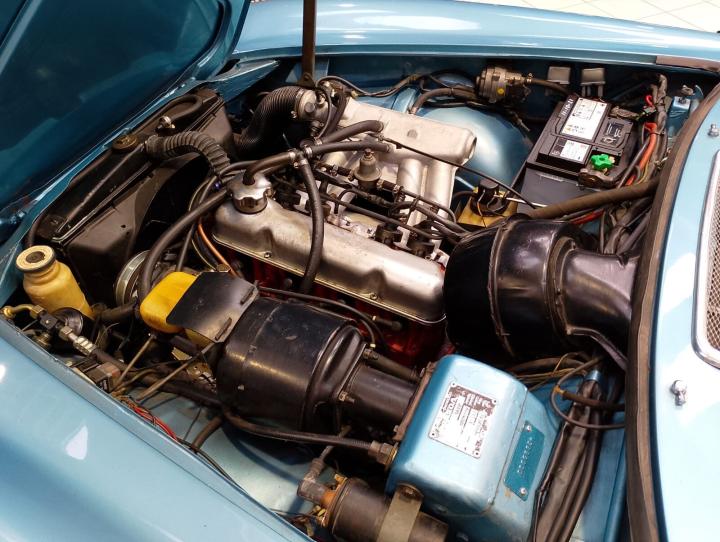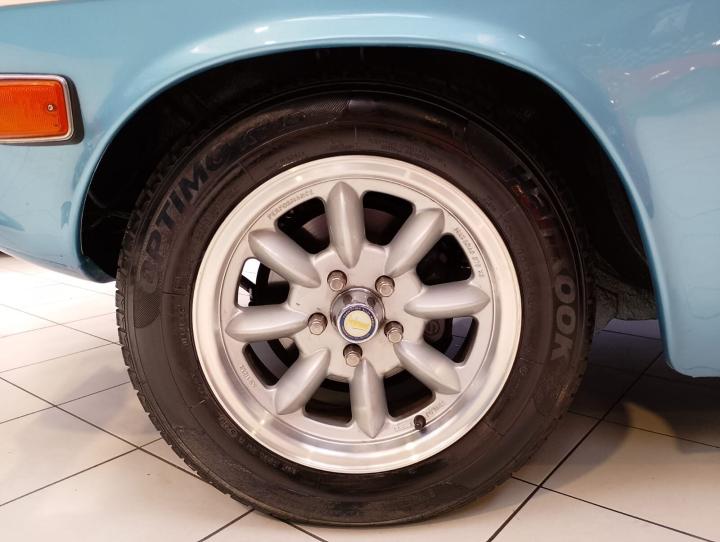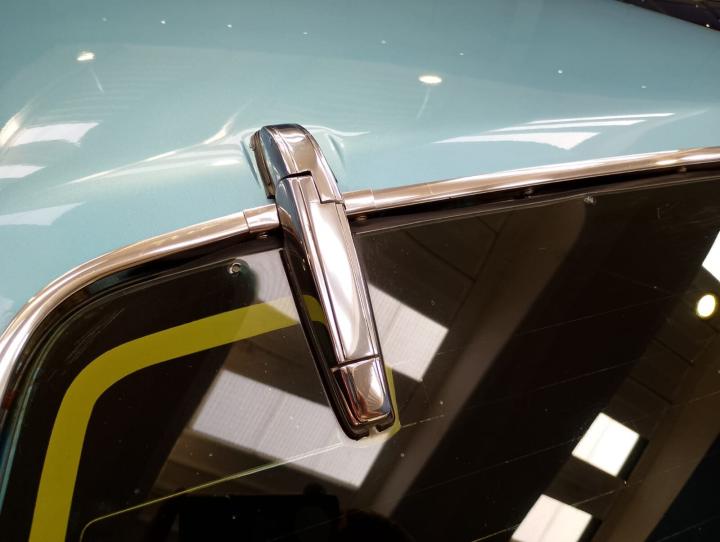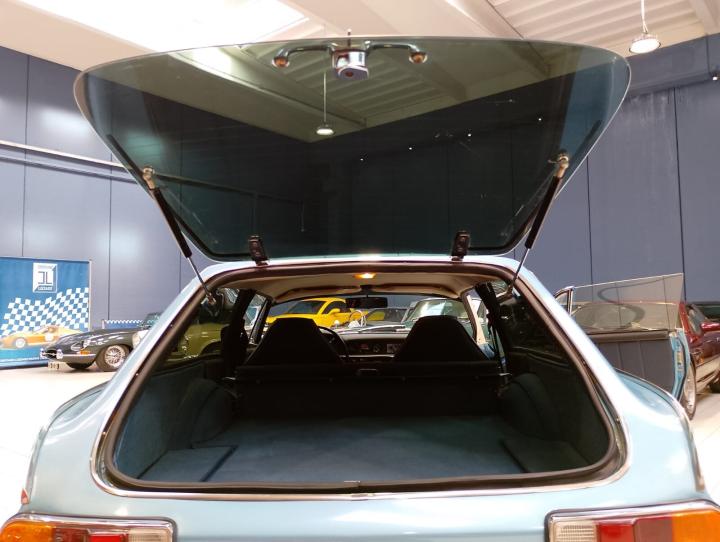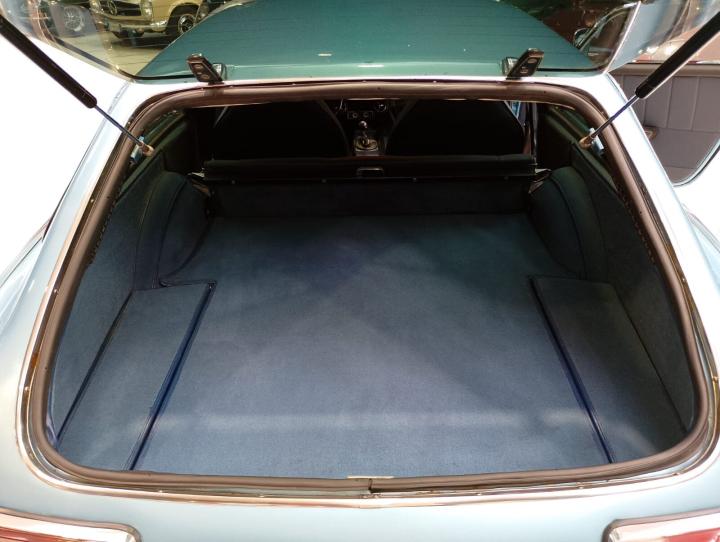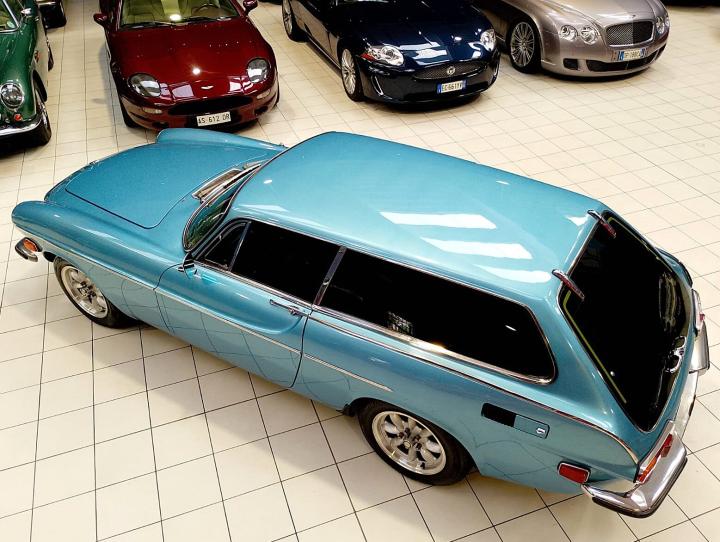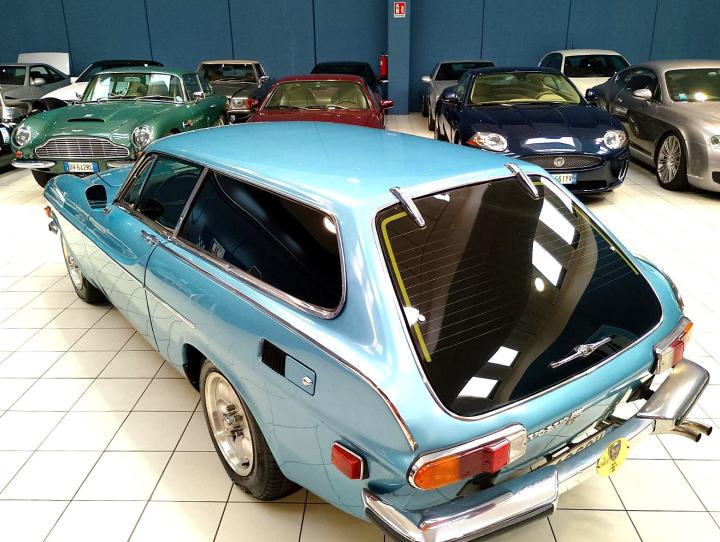1973 Volvo P1800 ES
€ 29800

|
Body
|
Estate
|

|
Transmission
|
Manual
|

|
Exterior Color
|
Blue metallic
|

|
Upholstery
|
Leather
|

|
Steering
|
Lhd
|
The Volvo P1800 ES is an iconic car produced by the Swedish automaker Volvo between 1972 and 1973, and it represents a unique evolution of the famous P1800, a sports model that was first introduced in 1961. While the P1800 had always been a car with a strong sporting identity and appealing design, the ES version is particularly memorable for its shooting brake body style—a type of car that combines the elegance of a coupe with the practicality of a station wagon.
History
The Volvo P1800, in its various versions, had already gained popularity due to its sleek design and decent performance, but the P1800 ES marked a shift in Volvo’s design philosophy. The ES version was created in response to the growing demand for sporty cars that also offered more cargo capacity and versatility, features that made the car more suitable for families or those seeking a practical vehicle without sacrificing the appeal of a sports car.
The term “shooting brake” refers to cars originally designed to carry hunting equipment, blending luxury with utility. The P1800 ES stands out for its panoramic glass roof and a rear end with a more sloped shape, which gave the vehicle a sleek and futuristic silhouette. This car was produced in relatively limited numbers, with only about 8,077 units made, which makes it a rare and highly sought-after model today.
Main Features
Design:
The Volvo P1800 ES is distinguished by its smooth yet decisive lines. The front maintains the sporty character of the P1800, with its round headlights and long hood. The real innovation, however, lies in the rear, where the shooting brake design gives the vehicle a much more practical appearance while still maintaining the elegance of a coupe. The large rear glass hatch and the panoramic roof offer wide visibility and a sense of openness—truly a stylish feature for its time.
Engine and Performance:
The P1800 ES was equipped with a 0-liter 4-cylinder engine that developed about 130 horsepower. The top speed was around 185 km/h, which, for the time, represented a good balance between sportiness and comfort. The engine was paired with a 4-speed manual transmission (or an automatic option), which provided a good response and dynamic driving experience. While not a race car, the P1800 ES offered a fun and secure driving experience.
Comfort and Practicality:
Although the P1800 ES was a sporty car, its shooting brake design provided surprisingly ample cargo space compared to other vehicles in its category. The rear hatch design allowed for easy loading of bulky items, making the vehicle a perfect choice for those who wanted an elegant car but also needed practicality for long trips or transporting large items.
Interior:
The interiors of the P1800 ES were refined and well-finished, with leather seats and wood panels that provided a luxurious atmosphere. The dashboard was simple yet functional, with easy-to-read analog instruments and a design that reflected Volvo’s renowned build quality. Despite its sporty nature, the P1800 ES did not neglect passenger comfort, maintaining a high level of finish.
Safety:
Volvo, famous for its focus on safety, did not compromise this aspect in the P1800 ES. Even though it was a sports car, the vehicle featured solid safety systems for its time, such as a robust frame structure and a well-balanced weight distribution that contributed to the vehicle’s stability. The car was also equipped with disc brakes on all wheels, a new feature for many cars of the era.
The End of Production
Production of the P1800 ES ended in 1973, primarily due to the global energy crisis that affected the automotive market. Sporty and luxury cars, though captivating, became less popular during this period in favor of more economical, fuel-efficient models. Nevertheless, the P1800 ES remained in the hearts of vintage car enthusiasts, who today consider it one of the most beautiful and iconic vehicles in automotive history.
Today, the Volvo P1800 ES is a cult object for collectors and is highly appreciated for its uniqueness, build quality, and unmistakable design. The combination of sportiness, elegance, and functionality has made the P1800 ES one of the rare cars that continues to attract new enthusiasts decades after its production ended.
Price on request
